

Back from Baselworld 2015: quietly stormy weather
This year, the little world of watchmaking feared that Baselworld would mark a paroxysm in the tensions related to the appearance of "smartwatches." Their scheduled arrival, however, prevented no one from joining in the same passion.
Nevertheless, general opinion had it that attendance during the first days – those reserved for industry professionals – seemed a little diffuse. That's merely a suspicion, of course. It may well be that the experts had finally sized up the significance of this great confab and organized their calendars in such a way as to optimize their days. And that must have been the case because according to each brand polled, their appointment books were never as well filled. The protagonists, to be honest, are no longer just the institutional ones; today, there are new media that are in the fray to offer their services to companies ready to go to any length in order to increase their market share.
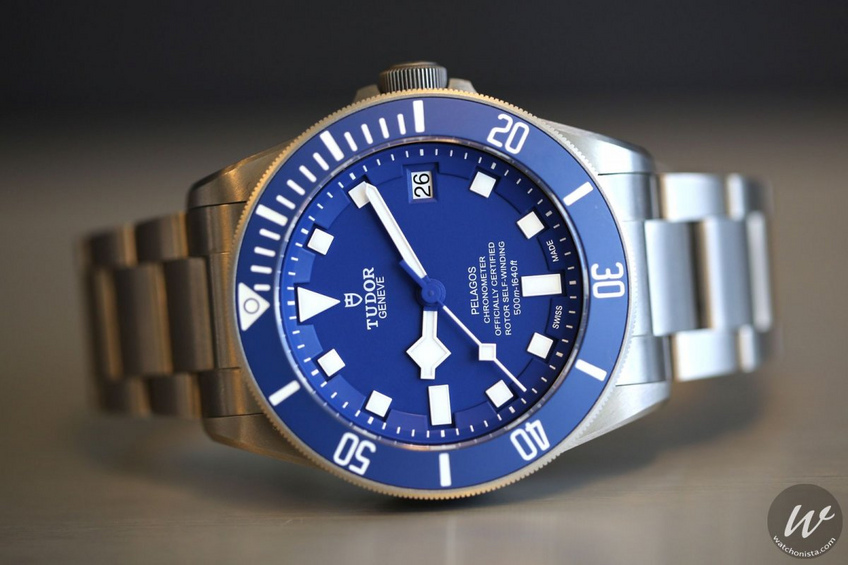
Whatever the case, the feeling mentioned is symptomatic of a state of mind and of the habit of listening around to others. The Chinese, who we would always see moving around in little crowds, seemed to have diminished in number this year, and retailers as well (minus 3% compared with last year). The latter chose to show up after the weekend, i.e., once most of the media had gone home, media that had arrived once again in droves (4300 members of the press, i.e., +7.5%). At any rate, this maniacal horological week drew 150,000 visitors in all from over 100 countries, an attendance rate that was similar to the one last year, but organized according to different spatial plans.
Between futurism and tradition
But the attendance rate was not the only thing that struck many a person, but rather the haste with which younger members in our line of work polled traditional watchmakers about the future of connected watches. As Walter von Känel, CEO of Longines, pointed out: "They are all asking me if we are going to do connected watches without even thinking whether or not the question is relevant at all for a brand like Longines and without even taking a look at the products we offer."
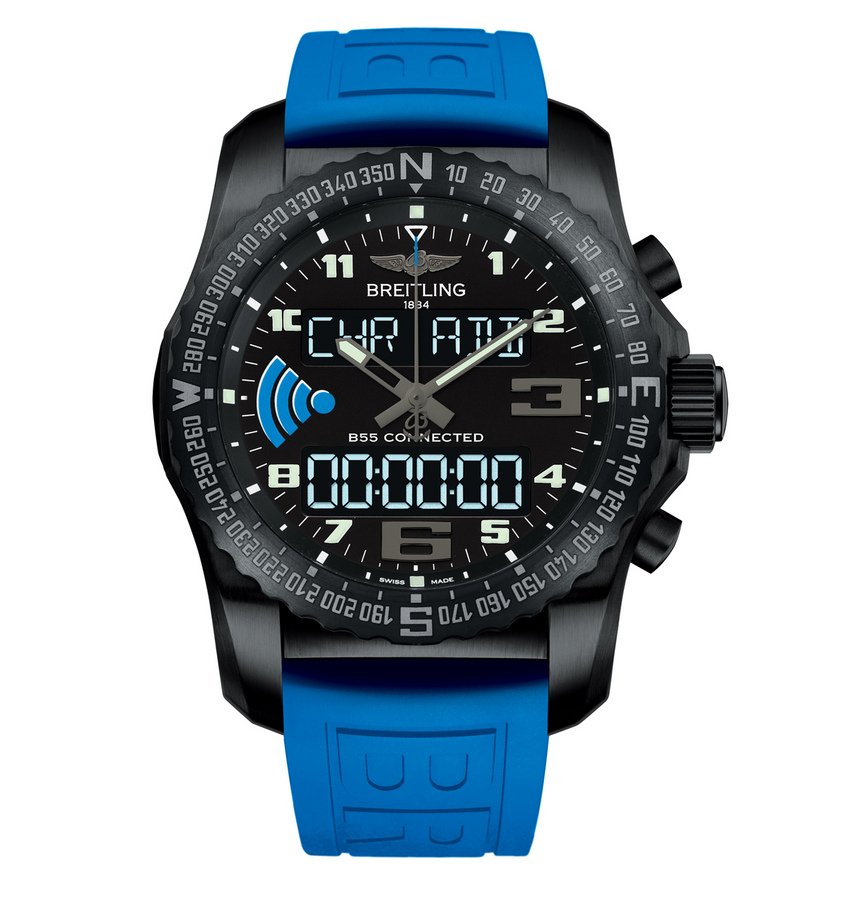
To note, therefore, is the flood that spread in the wake of Apple's announcement of the pending release of its "connected" watch, which swept away journalists and bloggers into a meditation about how this new technology would impact the traditional markets. But the point is not to know who is going to make these watches, but rather to understand what impact these tools will have on consumer behavior and then, in consequence, on the institutional brands. In a nutshell, there will soon be as many types of connected watches as there are actual brands on the market and each intends to offer the new geeks a specific way of functioning or specific functionalities. Apparently the watchmakers have made up their minds.
The majority have chosen analog displays (with hands) and are making the telephone the beacon to receive information emitted by the watch, while phone makers have, for the most part, done the opposite, that is, turned the watch into a relay for the phone. It is a decision that needs to be considered as an accurate response to the emergence of tools with digital screens conceived by IT people as multifunctional tools depending on the "source tool," i.e., the telephone. To each his own vision of watchmaking.
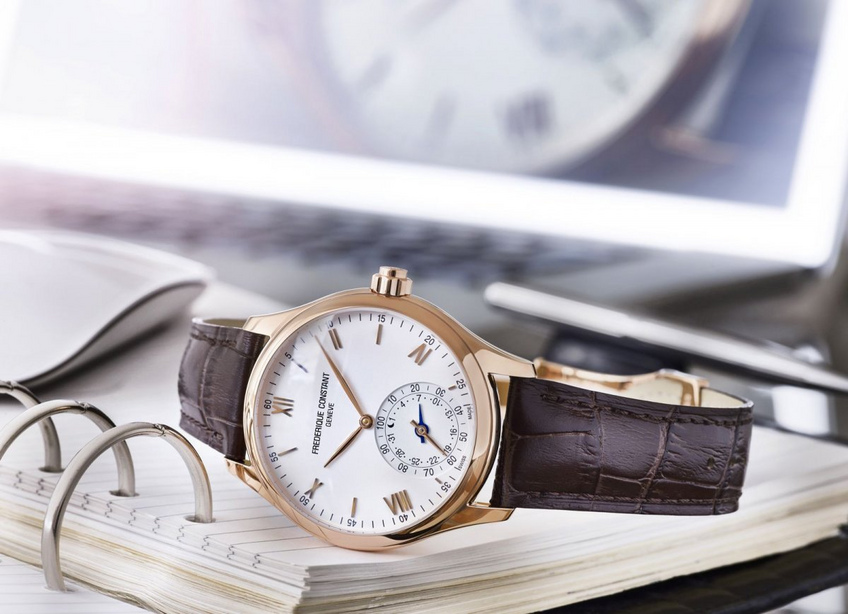
The universe of emptiness
One thing is certain: if connected watches did generate a buzz during this Baselworld, they were notable by their actual absence. The only functioning examples on display were from Casio and those from Frédérique Constant, Alpina and Mondaine, whose functionalities were based on the idea of the owner having the right amount of sleep. They did not fire up the kind of enthusiasm their creators might have hoped for. No. All the professionals seeking sensational stuff had hoped for something better and so they were off on a quest for that miracle tool that would prove that, indeed, a revolution was about to take place. Is this determinism?
At any rate, there was lots of talk about working for the past three years to develop the quasi-Messianic tool that would permit Swiss watchmaking to compete with the brobdingnagian multis like Samsung or Apple. But it would seem that the institutional brands were a little late, because no one at Baselworld actually saw anything concrete nor anything functional that might be ready for the summer. Those that had reacted quickly to the arrival of this new technology (like TAG Heuer, Bulgari, Tissot, Swatch, Festina, etc.) still managed to miss the bus, thinking that nothing could put an institution as powerful as theirs at risk. In sum, the watchmaking companies will join in the adventure of the connected watch, just as they became a part of the quartz adventure. As usual, however, they'll climb on board with some delay, a fact that could have negative repercussions. Time will tell.
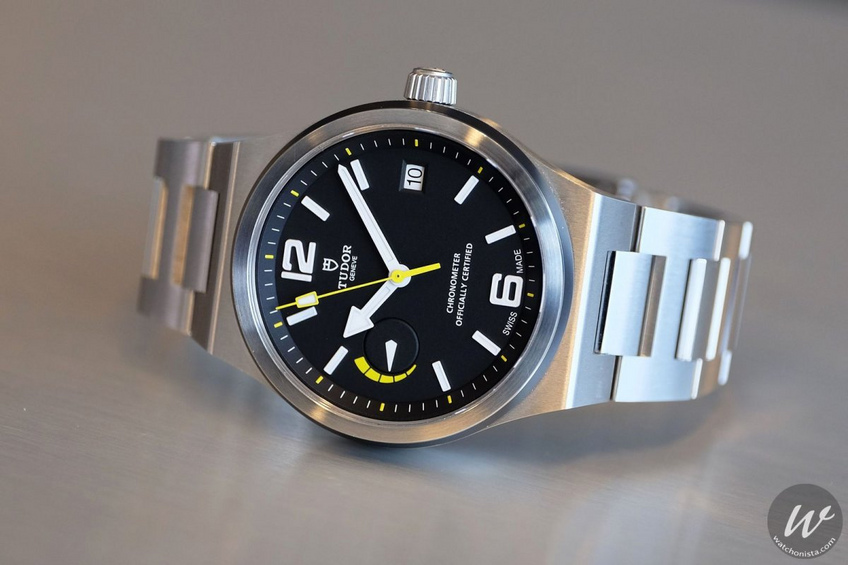
Color my tradition
The faith that the institutional brands keep placing in the their full-fledged manufacture pieces could be considered an act of dissidence in light of the gradual and very real rise of a new technology that may well be able to break up the perception of timekeeping that watchmakers have taken nearly forty years to build. This minor earthquake, which should have happened already ten years ago, will seduce the fans of beautiful mechanics who were hoping to evade the despotism of the generic calibers (ETA 2824, ETA 2892, ETA 7750, and their Sellita clones). At Tudor, for example, the manufacture caliber MT5621 was used for the North Flag and the Pelagos, and is proving to be a real success. It will surely be considered something of a paragon in its particular sector. The same goes for Oris, which started serializing its famous manually wound caliber Oris 111. These very affordable mechanisms are joining a small family of new-generation movements that many fans acquire to escape from horological anonymity.
The only problem is that it takes more to escape from the routine… And this year, it was not the innovative offerings that ignited the visitors' brains. The material displayed, quite frankly, lacked magnitude. The brands simply played it safe by offering commercial products at stable prices. So, vintage watches are still in the spotlight and drawing the attention of western buyers. Chronographs, too, are very pervasive in the collections, and GMT watches are experiencing a genuine breakthrough, proving, in some way perhaps, that executives are increasingly moving about the planet to increase the scope of their home societies. So what's left for our eyes to feed on?
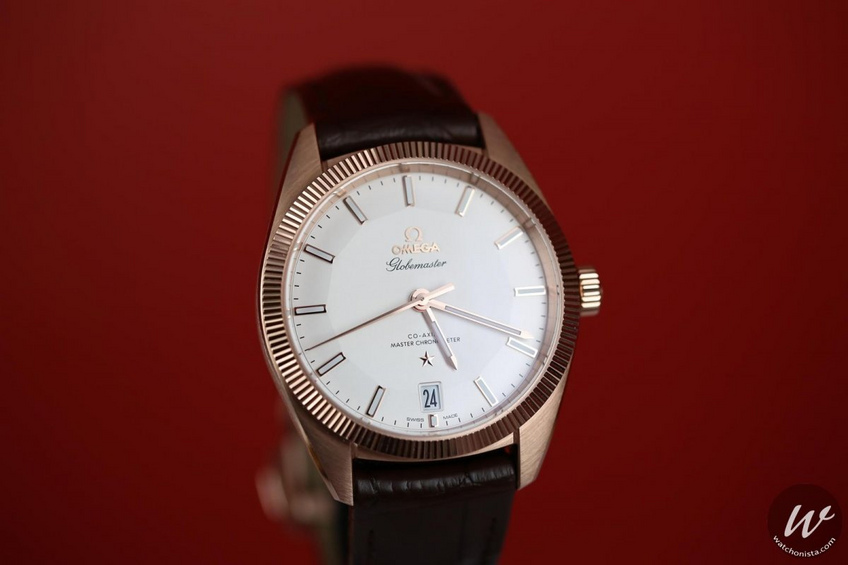
To draw in a difficult audience, many worked on creating new versions in blue, for the dials, the bracelets, and even the cases, occasionally. Greys have also made advances and are adding to the traditional offerings. And bracelets, perhaps the most stagnant component in the industry, are evolving a bit. The straps may even be experiencing a limited revolution, since, increasingly, they are being offered in rubber, or even combined with elastomer. For the first time, Rolex introduced its interpretation of this mix (the Oysterflex) for the famous Yacht-Master. Dior also came up with straps that blend leather and rubber, which Hublot has been doing for a while now. Obviously, that brand is not alone. The decision to associate the two materials does help reinforce the leather, but also the rubber, which is protected against UV rays. One problem could occur when the leather shrinks over time, causing the rubber to crimp.
In the end
So, in the final analysis, Baselworld 2015 was a transitional trade fair in the midst of a global crisis. In the view of some of the experts, the watch market, having been pushed by major financial groups to keep on offering more and more, is reaching saturation point. It is difficult for designers to offer innovations that could draw the attention of professionals who have been disenchanted by years of unfettered creations. Confronted with frenzied and media-gorged inventions, multi-axis tourbillons, and wild mechanical contraptions, the simple chronographs, the GMTs and the manufacture calibers without any particular complications added this year, appear as mechanical objects of singular triteness. Yet, these are the products that form the essence of the watchmaking market and allow it even to exist.
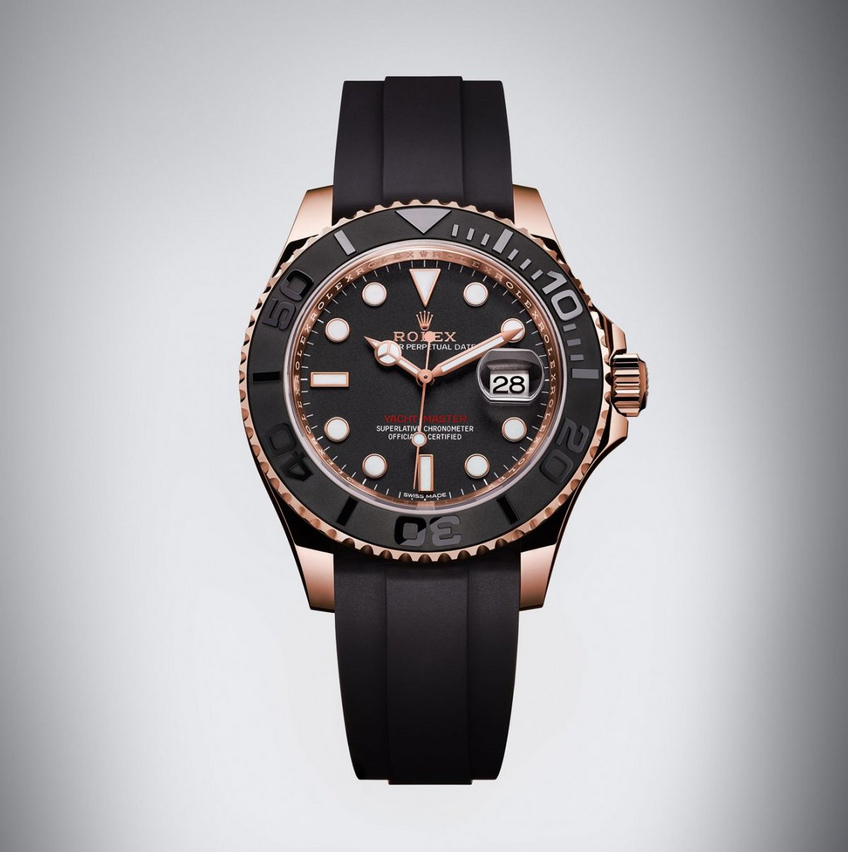
Obviously, original watches like the new folly by HYT, the latest iteration in a long line from MB&F, or the astonishing mechanical creations by Jean-Marc Wiederrecht for Fabergé, will always make the passionate watch lover dream. But will that be enough to keep the scintillating light burning in the eyes of the aficionados and prevent them from making eyes at electronic items created by organizations that will stop at nothing to conquer markets that could be lucrative, if they could just induce consumers to spend as much on their watches as they do on their telephones?


